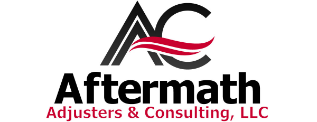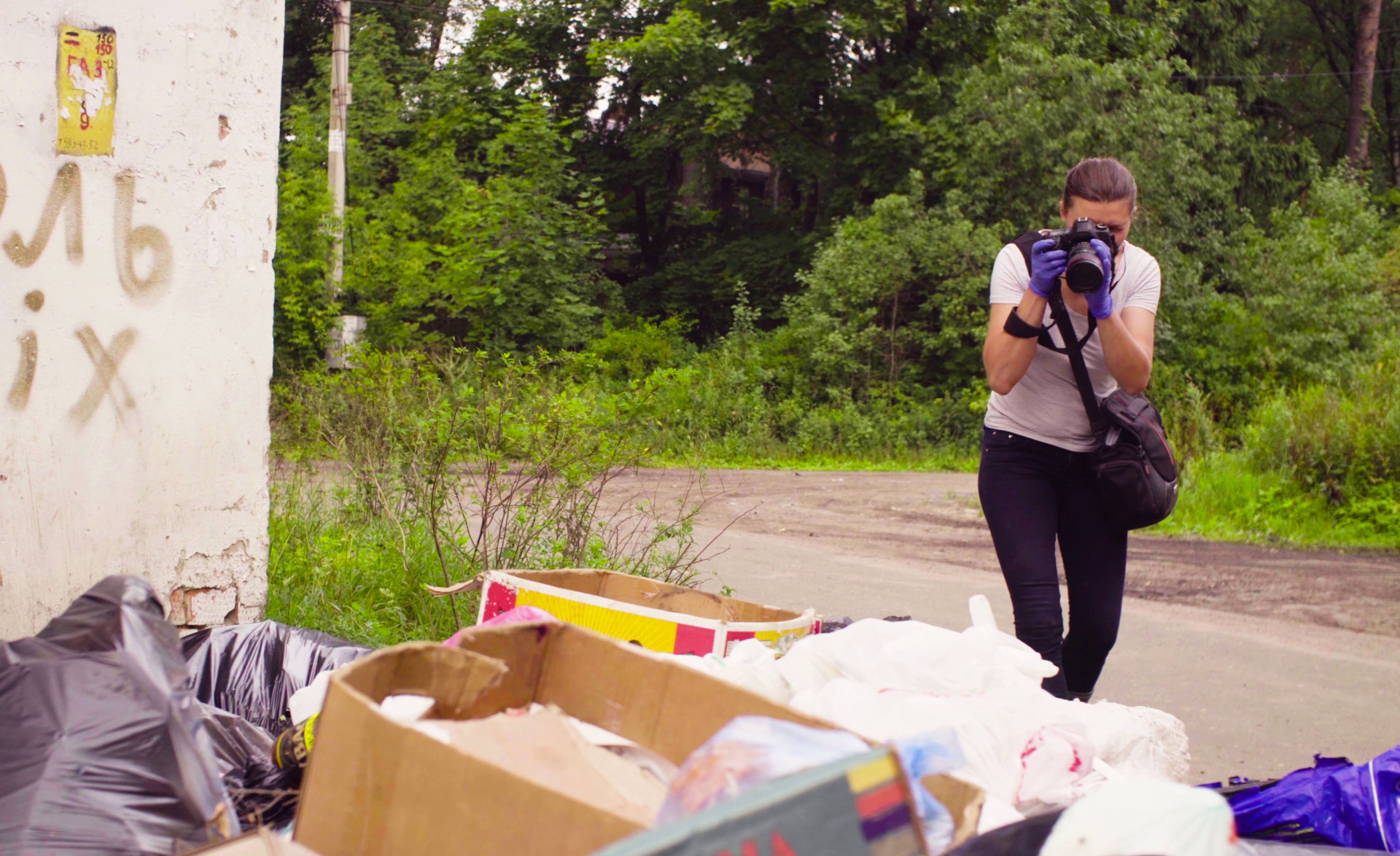A hurricane can lead to damage or even loss of your home, furnishings, clothing, and other personal possessions. And while you try to deal with that loss, you also have to deal with the debris the storm left behind:
- Trees
- Limbs
- Wet drywall, carpet, carpet padding
- Roofing materials
- Bricks
- Siding
- Lumber
- And more
The cost of debris removal can be staggering. Unfortunately, your insurance policy may not cover all hurricane debris removal. To determine what is covered, read your policy carefully, especially the section “additional coverages” where debris removal is often listed.
The Debris Removal Provision
Before you can begin repairs on your home, you are going to have to get rid of the debris in the way. For instance, you can’t replace your roof if there is a tree laying across it. Nor can you put in new flooring ruined in a flood if the old, wet flooring is still in the house.
However, the debris removal provision is only available when damages to your home were caused by a covered peril. Keep in mind that the cost of debris removal is in addition to the cost of damages. This means the removal can significantly increase the cost of home repairs after a hurricane.
Be sure to check whether the Federal Emergency Management Agency (FEMA) is assisting in debris removal. They often will at no cost to the public after a widespread natural disaster if the debris is:
- A threat to health and safety
- Causing significant damage
- Affecting economic recovery
By using FEMA debris removal, you may be able to reduce your total repair bill to keep from reaching your maximum benefit allotment before all your repairs have been made.
Before Removing Anything
Before you begin the removal process, there are a few things you should do.
- Take photos and/or video of anything that has been damaged.
- Make sure that anything you touch is not hazardous. Particularly be aware of construction materials that may contain asbestos.
- Use a reliable contractor who has a contractor’s license and up to date liability insurance.
What About Tree Removal?
A standard homeowners policy typically covers debris removal, including fallen trees. However, the following rules apply:
- The tree fell due to a covered peril
- When it fell, it caused damage to your home or another structure like a fence
- The fallen tree is blocking access to your home
However, a tree that lands in your yard, though debris caused by a hurricane, is not covered under your policy. Additionally, tree removal is not covered if the tree fell due to flooding, rot, old age, mudslides, or earthquake.
Most policies cover up to $1,000 for tree removal, but they will not pay more than $500 per tree. It is possible to have higher coverage limits, so you need to look at your specific policy. Additionally, you will receive reimbursements for repairs needed due to the tree damage, such as a new roof or personal items that were crushed by the tree.
Finally, most policies also include landscape damage coverage. This coverage is equal to five percent of your dwelling coverage and takes care of landscaping damaged by a covered peril. For instance, if you have $200,000 dwelling coverage, your policy should cover up to $10,000 for landscaping losses.
Understanding your policy and following debris removal protocol will help you with your hurricane claim process. If you’d like to learn more about hurricane claims and how a public adjuster can help you get the highest possible payout for your claim, give Aftermath Adjusters & Consulting a call today at (954) 329-2456. We are happy to help you understand the claim process and provide information on what we can do to help you.









